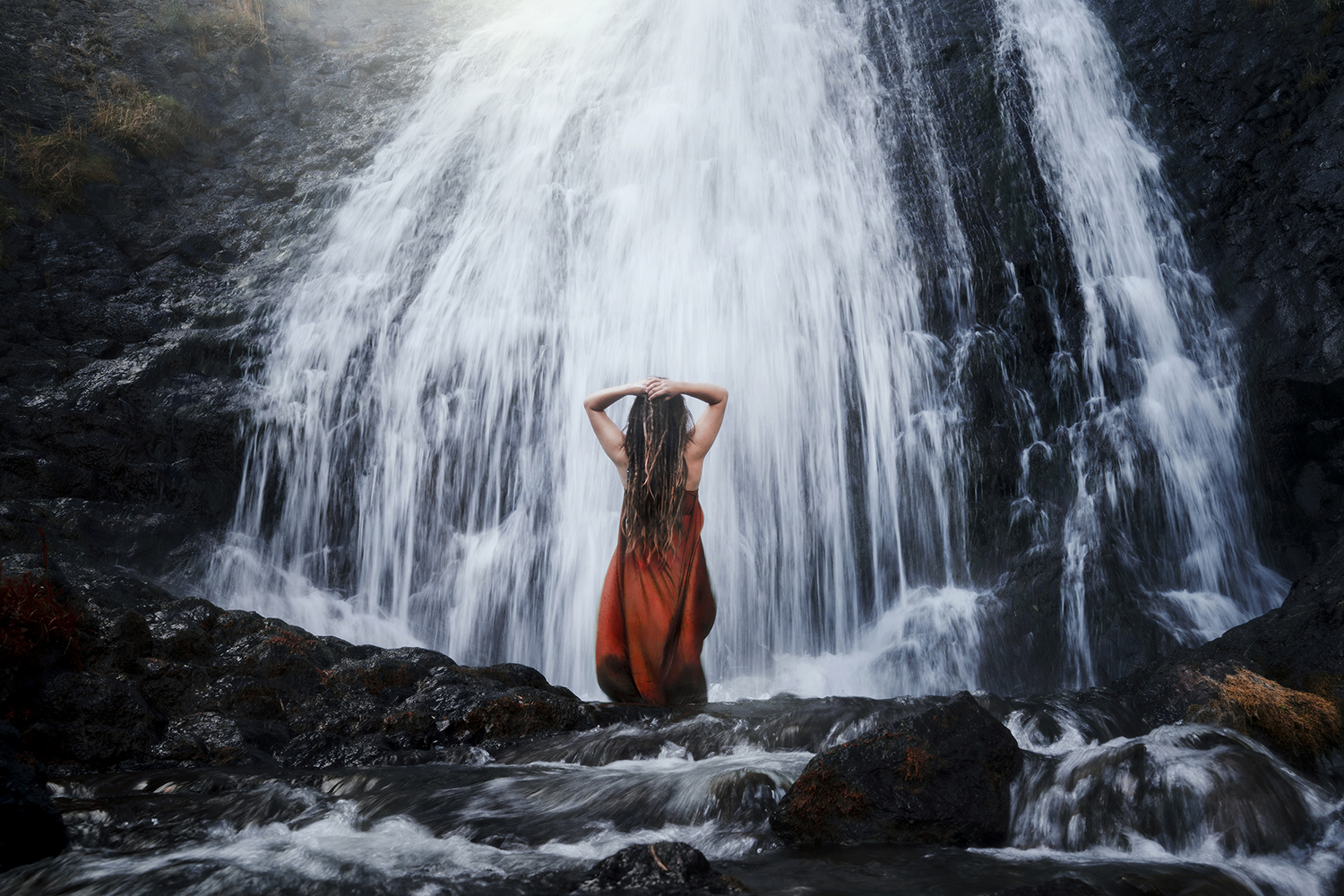
10 (Non-Technical) Self-Portrait Photography Tips for Better Results
Creating powerful self-portraits requires more than just setting your camera and pressing the shutter button. But how do you make them go from „good“ to „great“?
As someone who has been taking self-portraits for the past 10 years, I believe it is all about embracing the journey of self-exploration and creative expression.
You, too, are probably taking self-portraits for more than just getting a good photo. As you know, self-portrait photography can be a powerful tool for self-expression, healing, and personal growth.
In order to create truly impactful self-portraits, it’s important to go beyond just technical skills and camera settings.
In this blog post, I am sharing my top 10 tips for creating great self-portraits – I hope they will inspire you to explore and keep going when things get tough.
P.S. If you’re more interested in technique and an overall resource for self-portraits, check out this free guide I made.
10 self-portrait photography tips for creating your best work
#1 Create regularly
Creating self-portraits regularly is the biggest favor you can do yourself. Consistency pays off – that goes for almost everything in life.
By making self-portraiture a regular part of your creative practice, you’ll be able to experiment with new techniques, poses, and ideas. You’ll also become more comfortable in front of the camera and more confident in your abilities and style as a photographer.
Creating regularly doesn’t mean you have to produce a masterpiece every time you pick up your camera. You won‘t and that‘s okay – but the chances of you eventually creating a masterpiece are much higher the more you create.
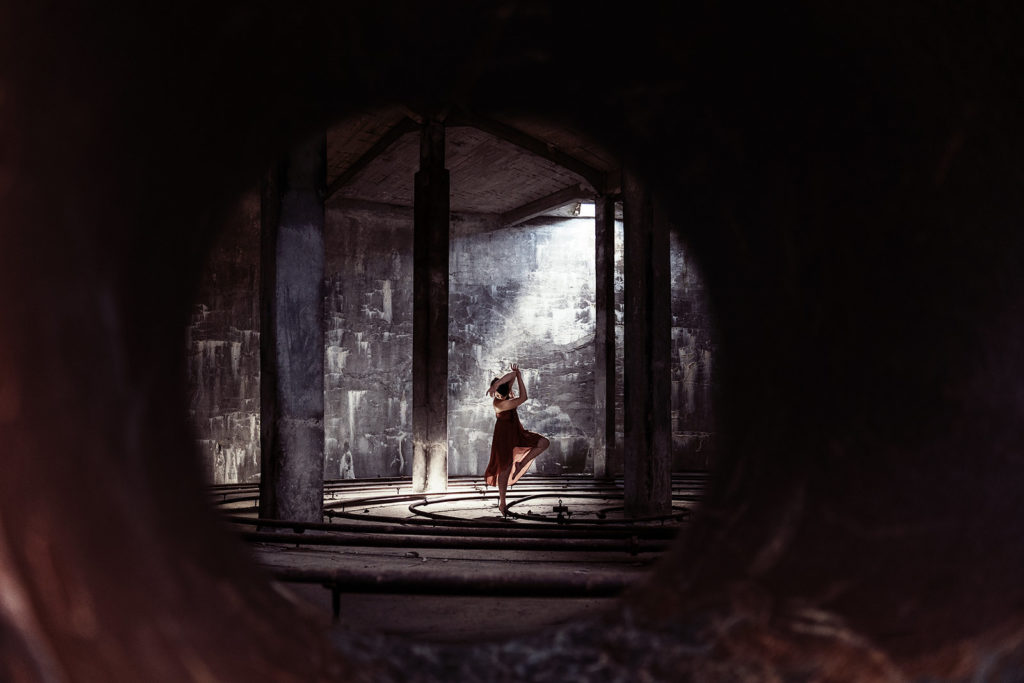
So… It’s okay to make mistakes and try new things, even if they don’t turn out perfectly. The key is to keep creating, even when you feel uninspired or stuck.
Set aside time each week or month to take self-portraits, and use that time to explore your creativity and experiment with different approaches. Make it a habit! A great idea is also trying something like a 52 weeks photography challenge.
Sign up for my monthly newsletter where I share inspiring stories from my adventures, artwork & other musings:
#2 Try new things
Self-portrait photography is all about self-expression and experimentation. Don’t be afraid to get weird! You could try taking photos in different locations, in strange new poses, at different times of the day, or with a new outfit.
The possibilities are endless – you might be surprised at what you come up with. And even if you don’t love the results, you’ll learn something new in the process.
Another tip: Try thinking of a new topic or use a prompt to challenge your creativity. A photographer I’ve been following for a long time, Joel Robison, made a lovely set of cards for specifically this purpose (link not sponsored in any way).
Even if your experiments don’t yield the results you’re hoping for, you’ll learn something new and build your skills in the process. And who knows? It might result in a „lucky accident“ that becomes a hallmark of your work.
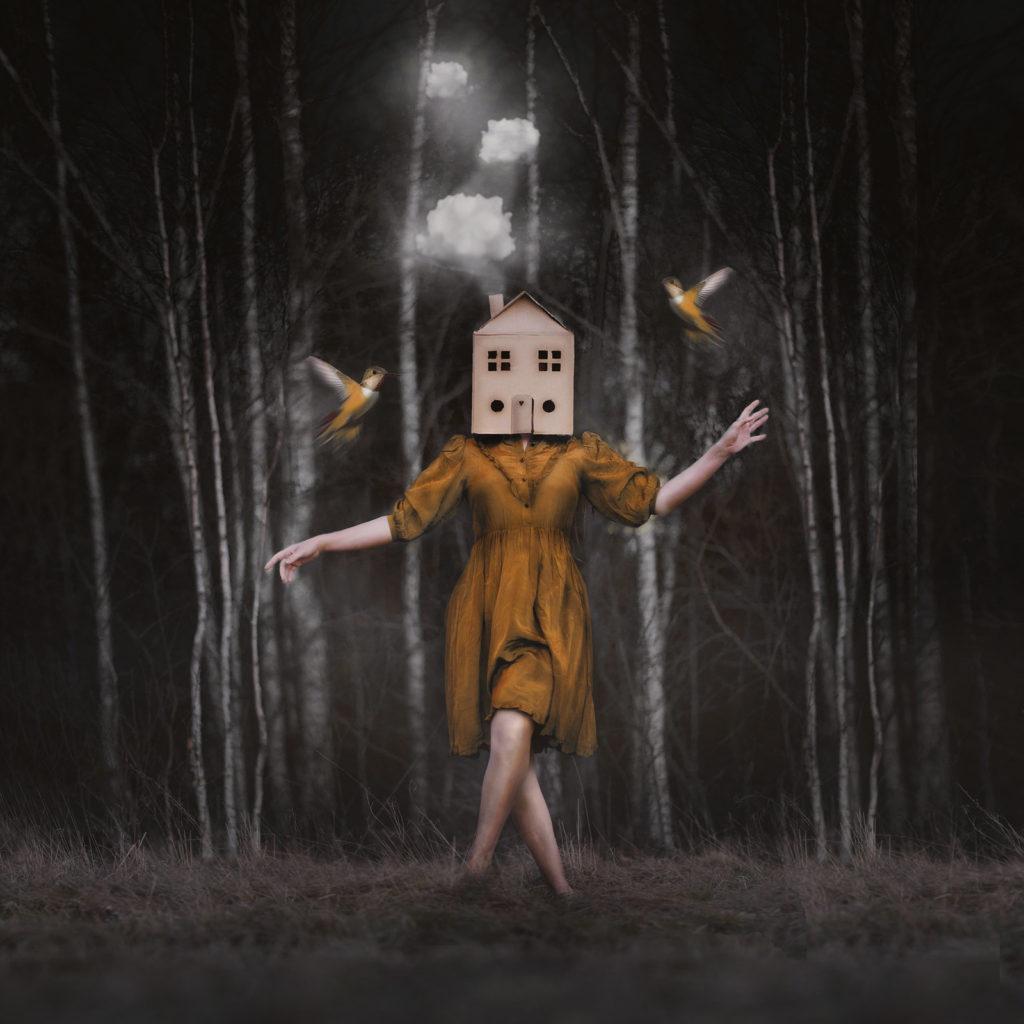
#3 Tell your story
To me, this is the essence of self-portrait photography: Make it you. Great images tell a story – and in self-portraiture, it always comes back to yours.
Your self-portraits reflect who you are and how you view the world. Think about what makes you unique and how you can express that through your photos. Whether it’s your hobbies, your values, or your experiences, there’s always a way to incorporate your story into your self-portraits.
And often, we already do that unknowingly. But it can be a great exercise to think about how your images relate to your story.
By expressing yourself through your work, you’ll create a sense of authenticity that resonates with your audience. Remember that your story is unique and valuable, so don’t be afraid to weave it into your images.
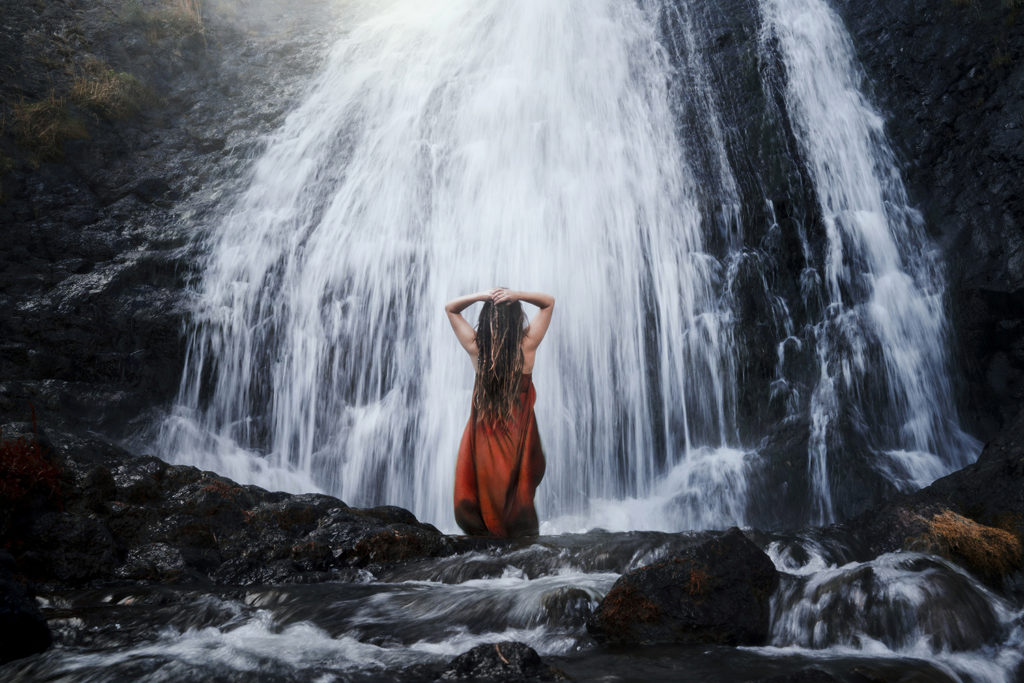
#4 Learn from other photographers (but don‘t copy)
Some beginners are wonderfully free and explore photography to the fullest. Others, might feel more insecure and seek inspiration from others.
There‘s nothing wrong with seeking inspiration – it’s always helpful to learn from others. But just don‘t (yes, never, ever) blatantly copy their work.
Study the work of other photographers and figure out what you like about it. The technique, the perspective? Pay attention to how they use lighting, composition, and colors.
Instead of copying exactly what they do, make it your own. Come up with your own concepts and try to apply what you learned from others.
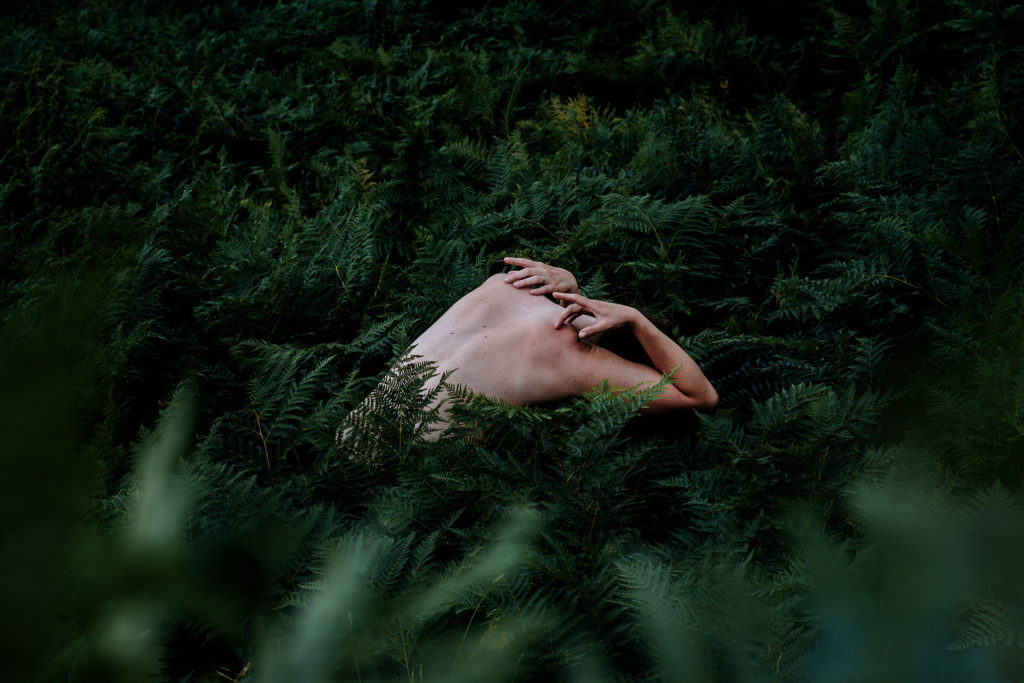
#5 Get inspired
How do artists keep producing incredible work? The answer lies in a mystical unicorn called inspiration.
Inspiration is quite an elusive concept as it differs from person to person. Inspiration can come from many sources, including other photographers, art, music, and nature.
Use these sources to stimulate your creativity and find new ideas for your self-portraits. For me, a lot of inspiration comes from walking in nature, reading stories and pondering our existence on planet earth.
Whatever your source of inspiration, remember that your self-portraits should ultimately reflect your own unique perspective and voice.
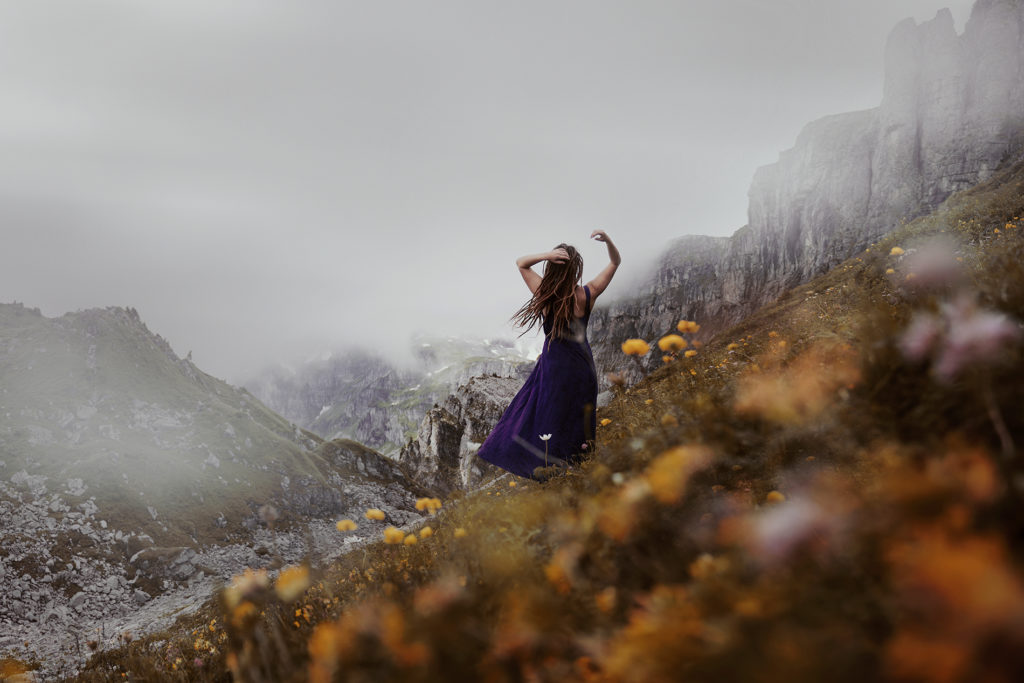
#6 Avoid comparing yourself to others
It’s SO easy to compare your work to the mind-blowingly beautiful images of others, especially in the age of social media. But comparing yourself to others can be a trap – in the worst case, it will erase all your confidence and creativity.
Stay focused on your own journey. Learn to celebrate other people‘s successes and give genuine compliments instead of wasting your energy on envy and self-pity.
Don’t worry about whether your work measures up – you have your own unique voice and perspective. And… maybe you are someone else‘s „I wish I took that“ without even realizing it.
An additional tip for self-portrait photographers who struggle a lot with comparison could be to use social media sparingly, especially when creating or publishing new work.
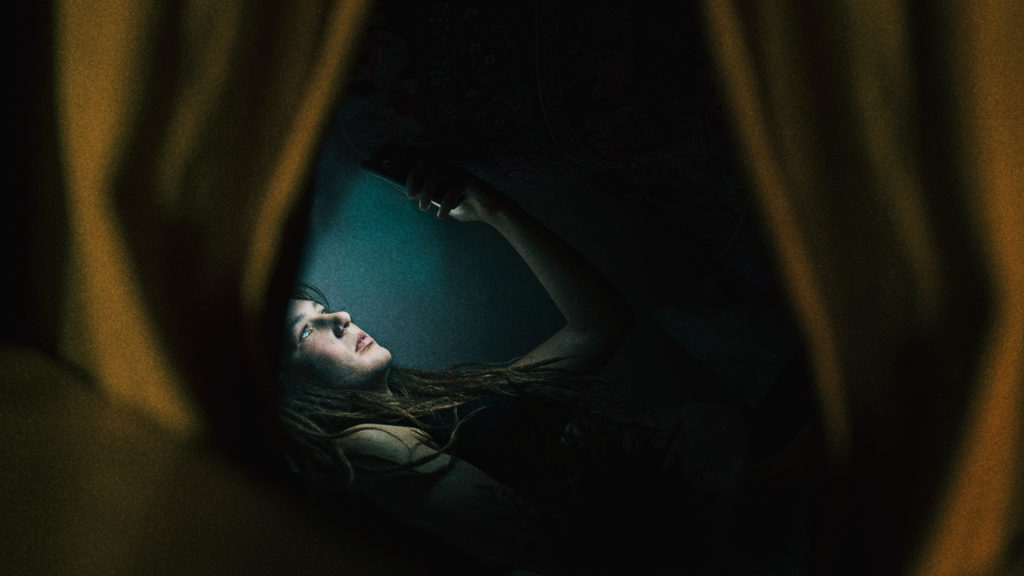
#7 Make mistakes
As a perfectionist, I had to learn this the hard way. But the truth is: every photographer makes mistakes – it’s part of the creative process.
When you’re taking self-portraits, you might find that some poses or angles don’t work, or that the lighting isn’t quite right. (Or the focus, don‘t get me started on the focus…!)
But don’t let these „mistakes“ discourage you. Instead, embrace them as opportunities for growth and learning. Analyze what went wrong and why, and use that knowledge to improve your skills.
Or simply accept and move on. Every time you try again is a chance to get it right. Over time, you’ll find that you’re making fewer obvious mistakes and that your self-portraits are becoming more polished and professional.
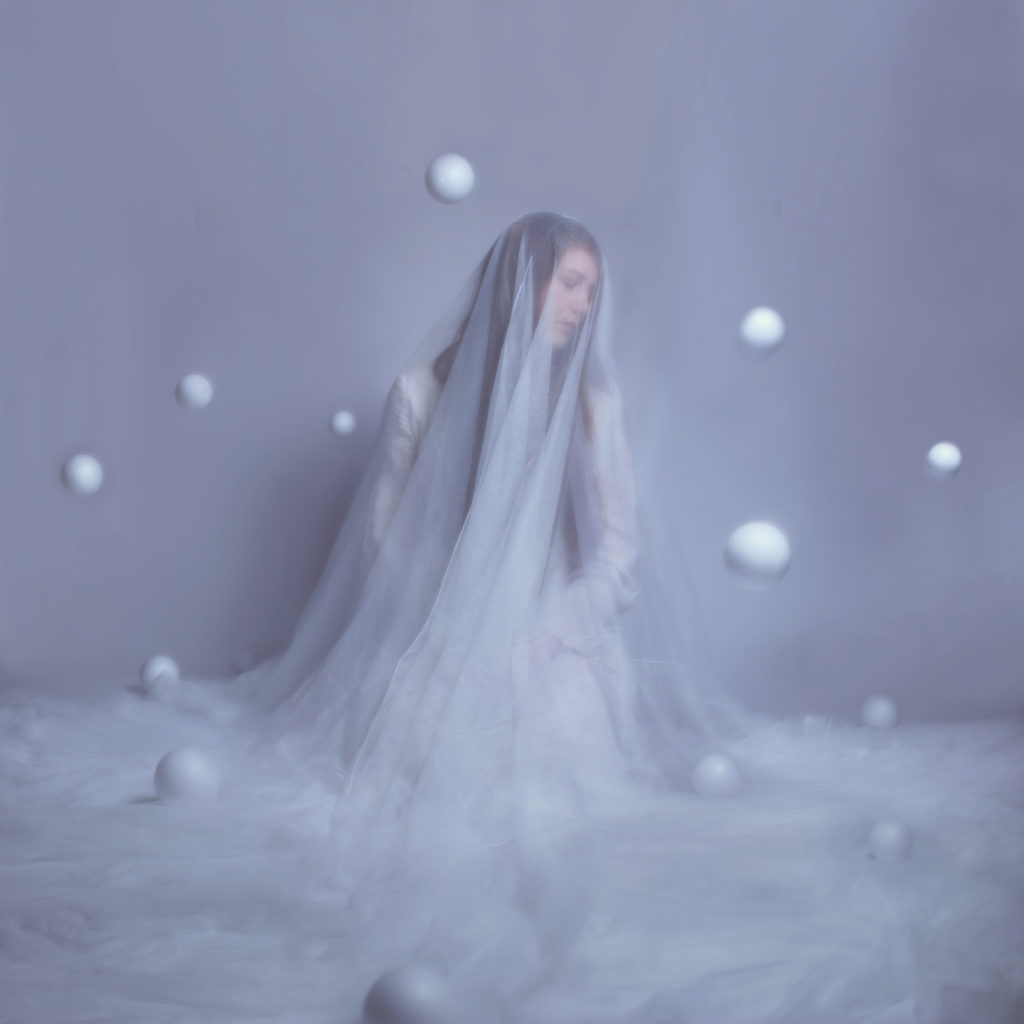
#8 Dare to express your feelings
The self-portraits that move me most are often those that show powerful emotions. By allowing yourself to be vulnerable and authentic, you can create self-portraits that resonate with others on a deep level.
Don’t be afraid to explore your emotions and express them through your work. You might use colors, poses, or props to convey a mood or feeling, or you might simply capture a moment that reflects your inner world.
A tip if you are scared to share these kinds of images: you don‘t have to! Take them for yourself first and foremost. Only if you feel ready to show the world, do so.
It takes some courage to be vulnerable. But it is well worth it – many times, taking self-portraits has felt as healing as a therapy session to me.
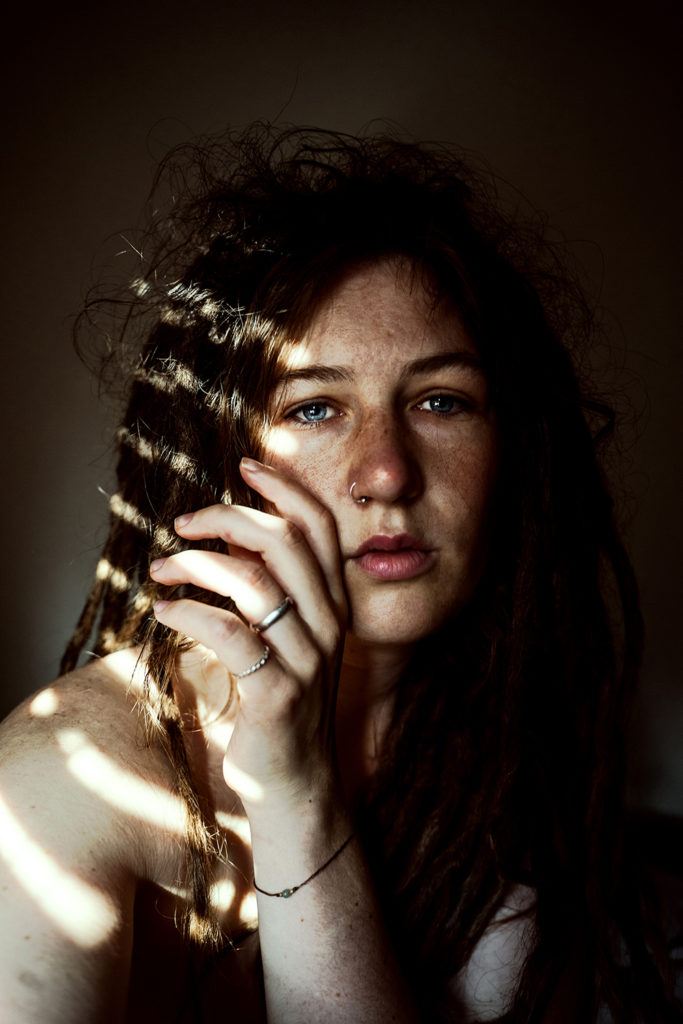
#9 Ask for feedback
It’s always helpful to get feedback on your work, especially when you’re just starting out. Ask other photographers or friends for constructive criticism of your self-portraits. Often, others see what we‘re missing.
Listen to the feedback you‘re getting, but don’t take it personally. Instead, use their input to improve your skills and fix little details you may have overlooked.
And remember, you don’t have to take all feedback to heart – ultimately, you’re the one who knows best what you want to express through your self-portraits.
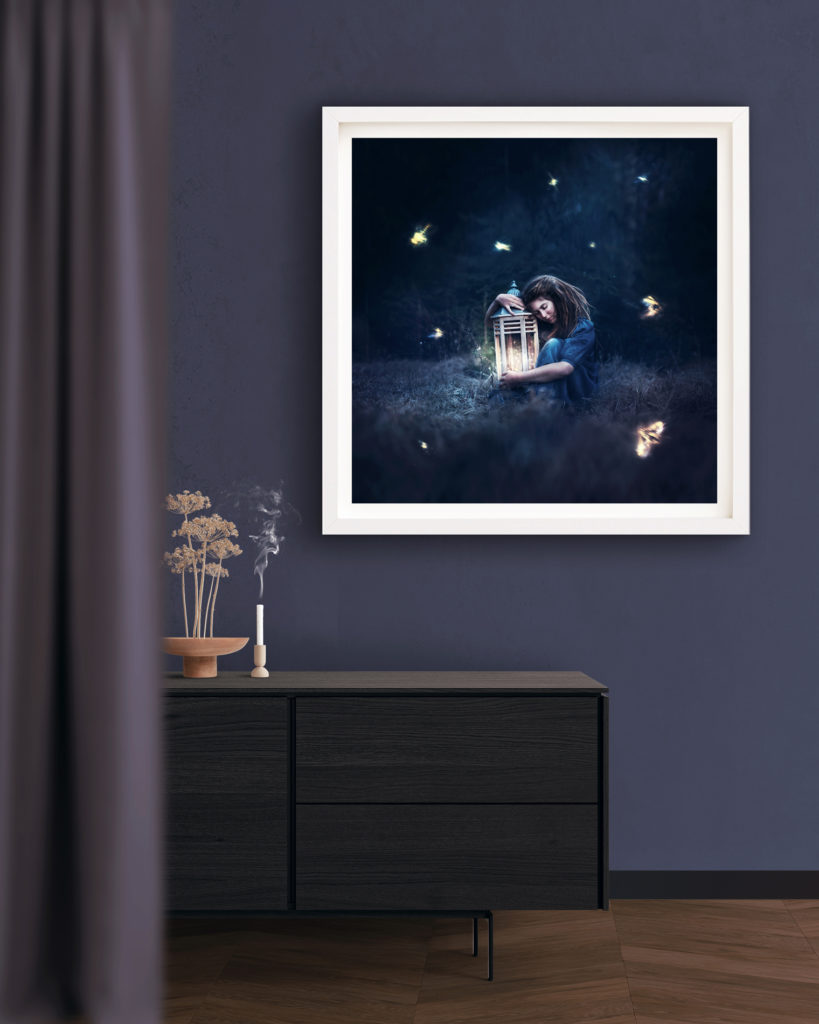
#10 Be kind to yourself
My final tip for fellow self-portrait photographers is to be kind to yourself throughout the process. Creating self-portraits can be challenging and vulnerable, and we can easily get caught up in harsh self-criticism.
Also when judging our own appearance, a lot of emotions can come up. I struggled with this for quite a few years into my self-portrait journey.
But remember that self-compassion is key to creative growth and self-expression. Comparing yourself to others or beating yourself up over mistakes is lost time and energy. And we all have flaws that sometimes show in photos – they are part of you and nothing to be ashamed of.
Instead, celebrate your successes and acknowledge your progress. Remember that self-portrait photography is a journey, and that every step along the way is there for a reason.
Love yourself fiercely and talk to yourself like a friend. And if it didn‘t work out today, you can always try again tomorrow.
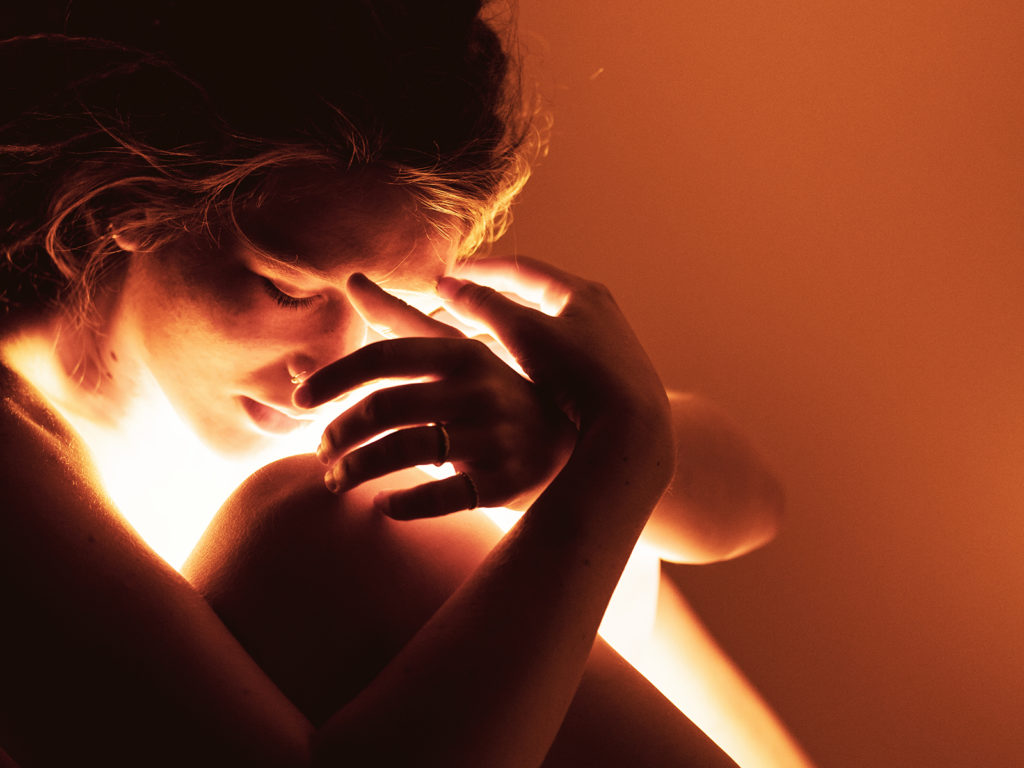
Conclusion: Tips for self-portrait photography
To keep these tips in mind, I created a little graphic for you with all 10 tips for self-portrait photography summarized. Save it for a rainy day or share it on your socials!
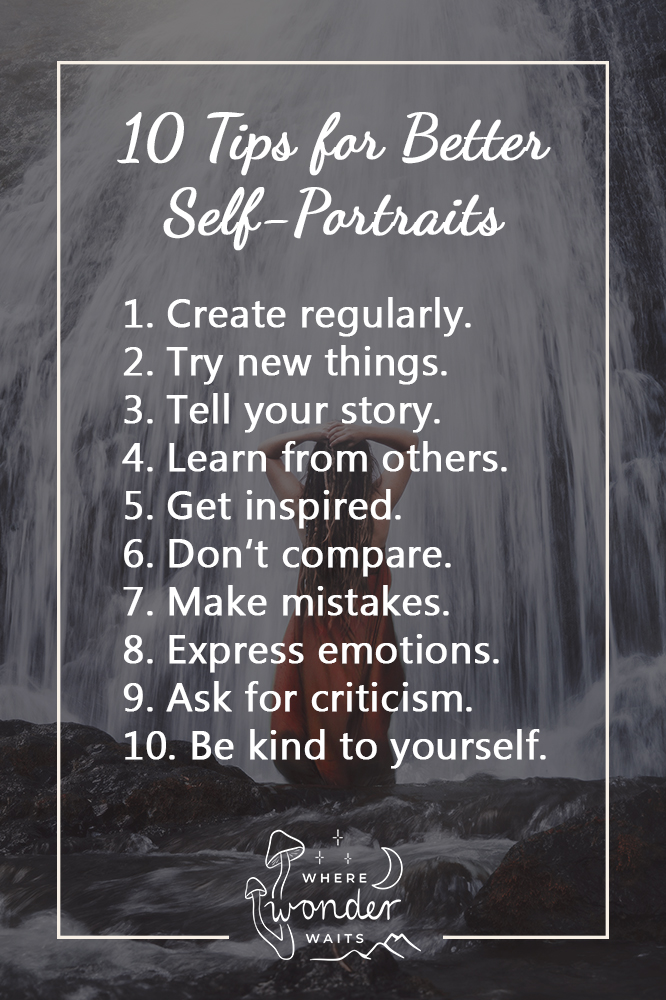
Any questions about self-portraits? Leave them in the comments below, I‘m happy to help 🙂

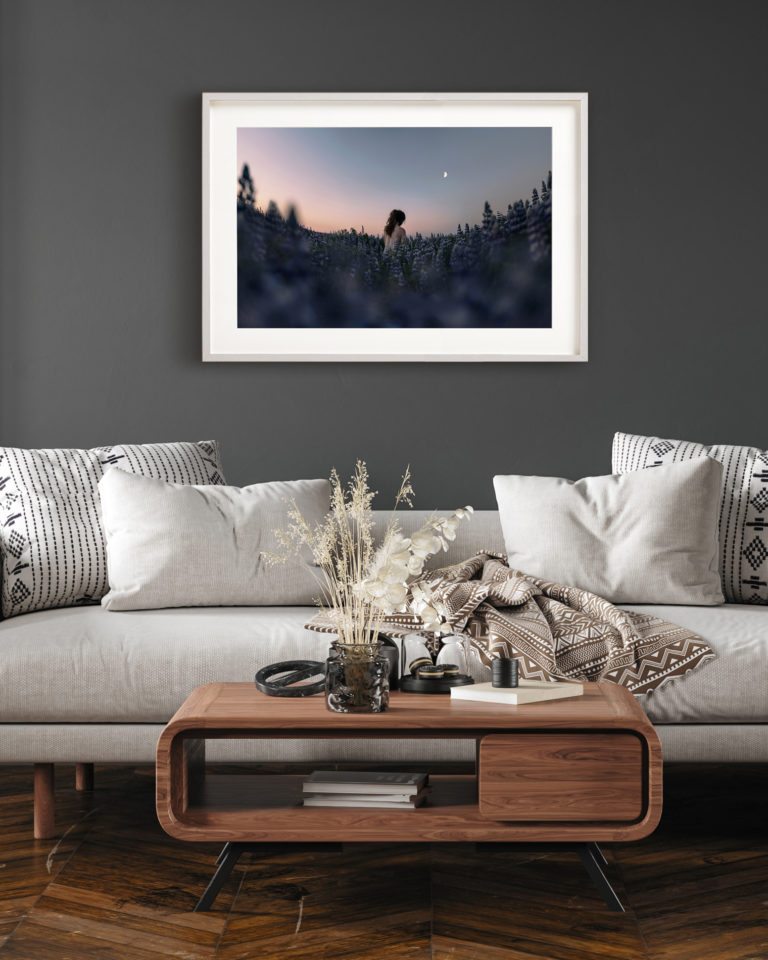
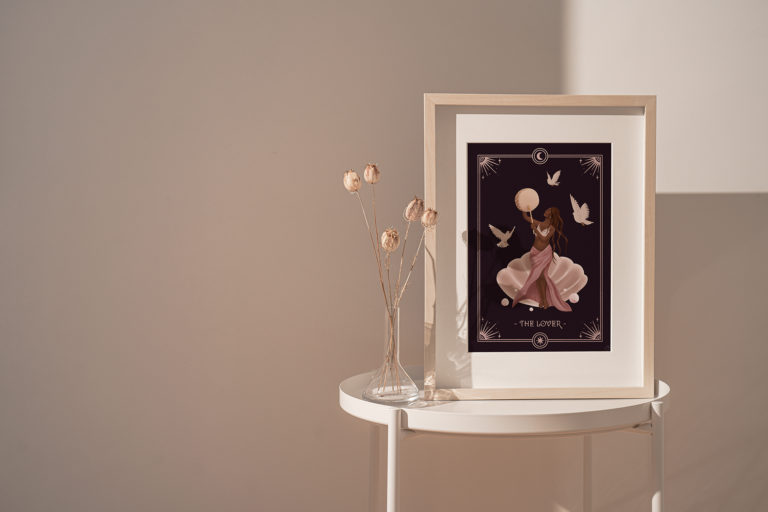
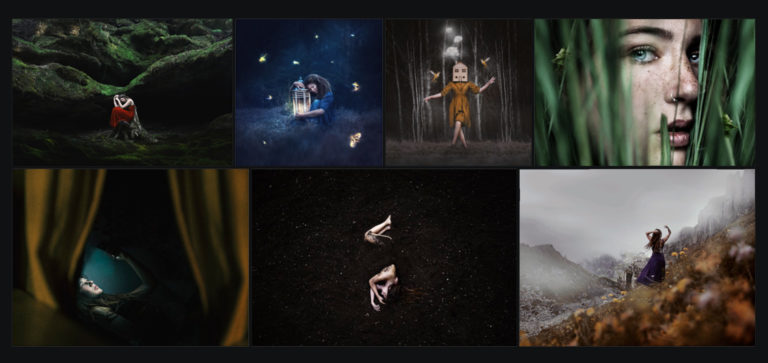
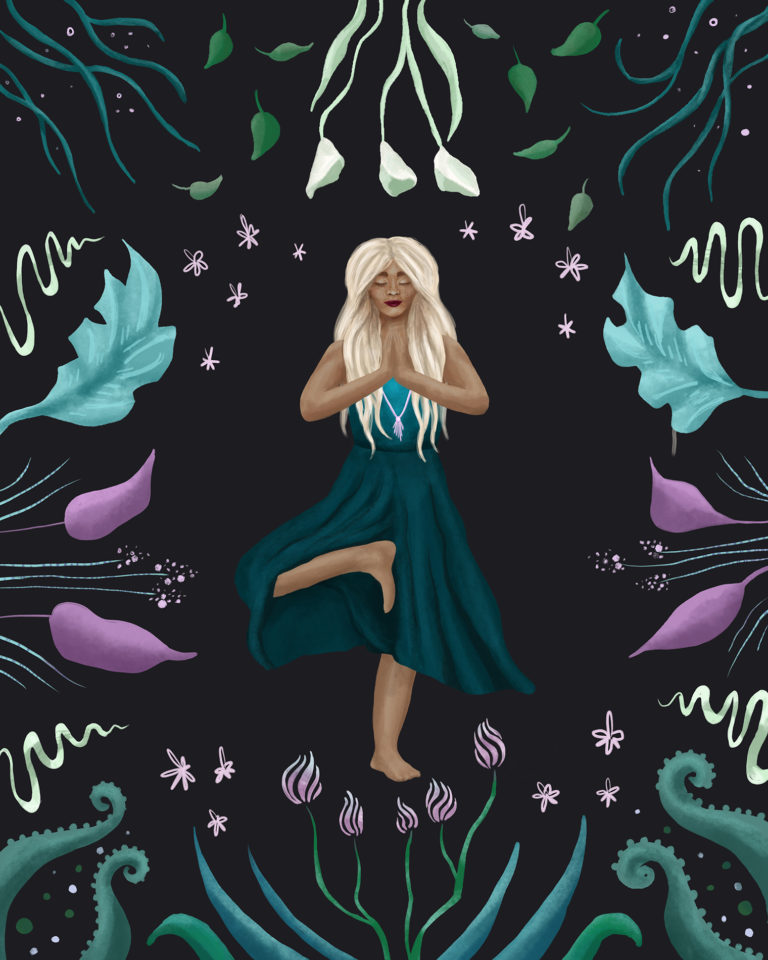
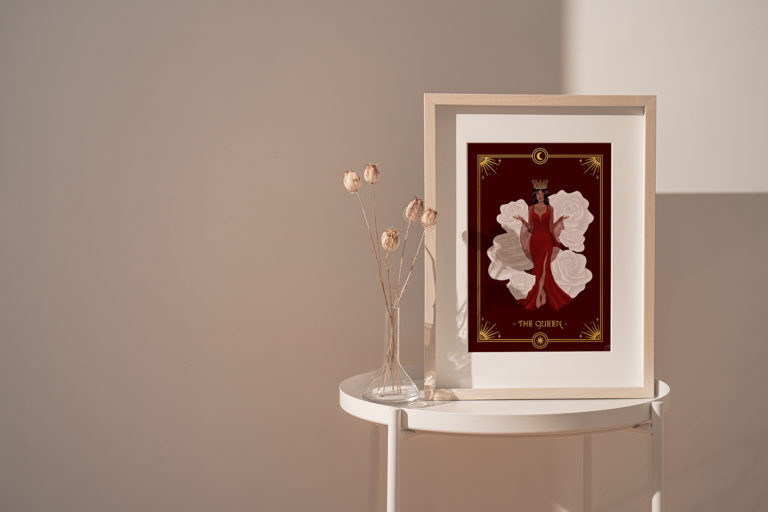
Hallo Anna! What was wrong with the editing on the Photograph #7?
Hi Marcus! At first glance, everything looks alright, doesn’t it? I was pretty shocked when I printed the original edit for the first time haha (I think the photo in the article might actually already be an improved version).
But well, it really showed where I wasn’t careful with the cloning of the background or where layers of the fabric are overlapping in a way that doesn’t make sense. Especially when combining multiple shots into one like this, it’s very worth zooming in while editing & to really focus on cleaning up the details.
On smaller screens, especially nowadays where so much media is consumed on phones, it’s barely noticeable but when printing it makes a huge difference 🙂